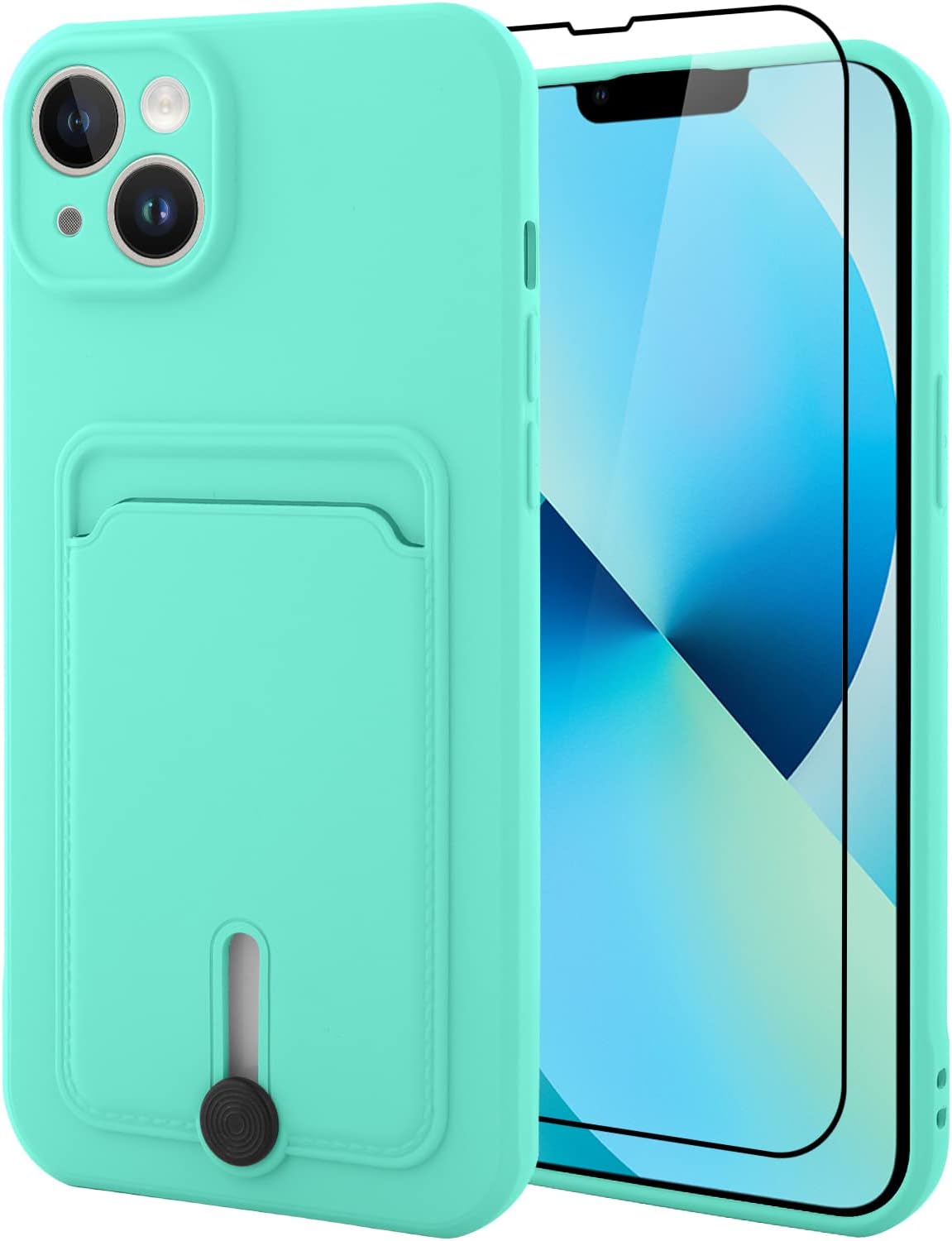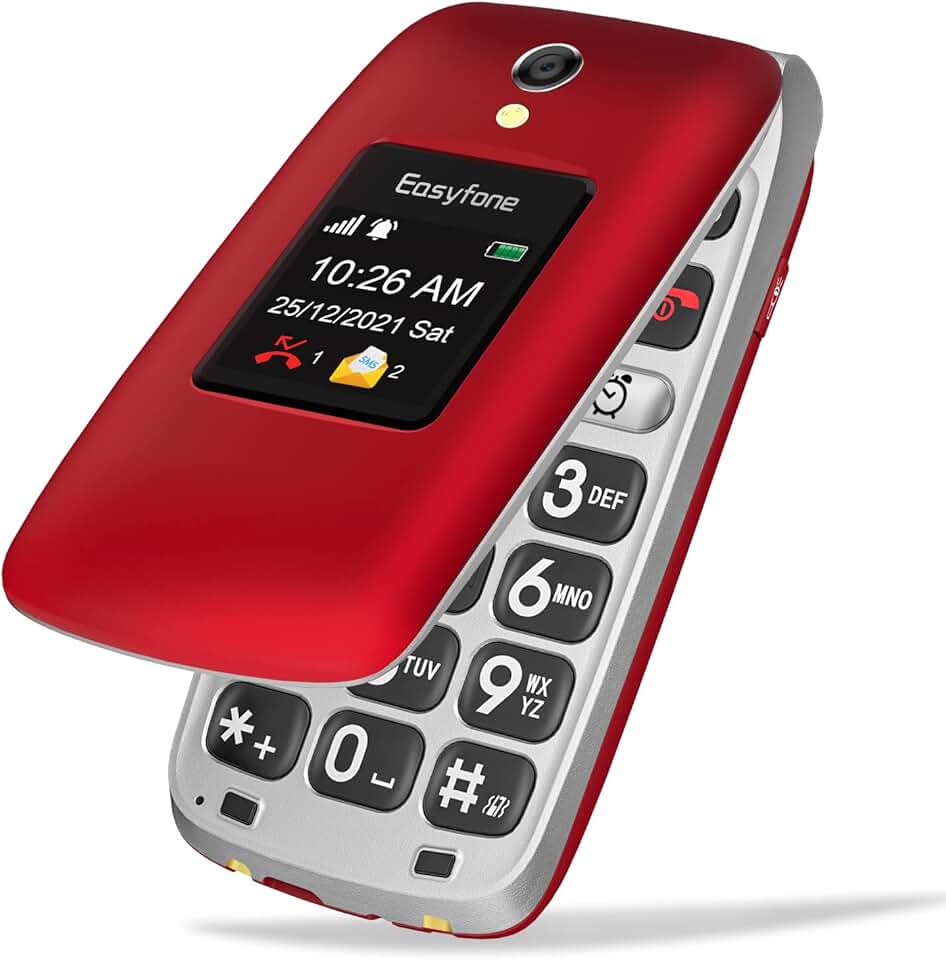The evolution of mobile phones has been nothing short of revolutionary. From the simple push-button phones of the late 20th century to the sophisticated smartphones of today, the transition has transformed how we communicate, socialize, and access information. In this article, we will delve into the pros and cons of both push-button phones and modern smartphones, providing a detailed analysis that highlights their significance in our daily lives.
The Rise of Push Button Phones
Push-button phones, often referred to as feature phones, were dominant from the 1980s through the early 2000s. These devices allowed users to make calls and send text messages, serving as essential communication tools. They were characterized by physical keypads, small screens, and limited functionalities.
Pros of Push Button Phones
- Simplicity: Push-button phones are easy to use, making them ideal for individuals who prefer straightforward devices without complex features.
- Durability: These phones are generally more robust and less prone to damage compared to smartphones, which often have fragile glass screens.
- Battery Life: Feature phones typically have longer battery lives, often lasting several days on a single charge due to their limited functionalities.
- Cost-Effectiveness: Push-button phones are usually much cheaper than smartphones, making them accessible to a wider audience.
- Reduced Distractions: With fewer apps and notifications, users can focus on essential communication without being distracted by social media or games.
Cons of Push Button Phones

- Limited Features: Push-button phones lack advanced features such as internet browsing, GPS, and high-quality cameras, which can be limiting for users.
- Texting Challenges: Sending text messages can be cumbersome due to the small screen and the need to press buttons multiple times for letters.
- Obsolescence: As technology advances, many push-button phones are becoming obsolete, with fewer updates and support from manufacturers.
- Limited App Availability: Users cannot access modern applications and services, diminishing the overall user experience.
The Advent of Modern Smartphones

Smartphones emerged in the late 2000s, bringing a plethora of advanced features to users. These multifunctional devices integrate communication, entertainment, and productivity tools, all in one compact form.
Pros of Modern Smartphones

- Versatility: Smartphones serve multiple purposes, from calling and texting to photography, gaming, and browsing the internet.
- App Ecosystem: With millions of applications available, users can customize their smartphones to suit personal needs, enhancing productivity and entertainment.
- High-Quality Cameras: Modern smartphones boast advanced camera technology, allowing users to capture high-resolution photos and videos.
- Connectivity: Smartphones can connect to Wi-Fi and cellular networks, providing instant access to information and communication.
- Regular Updates: Manufacturers provide software updates that enhance security and introduce new features, keeping devices current and functional.
Cons of Modern Smartphones
- Complexity: The vast array of features can overwhelm some users, particularly those who are not tech-savvy.
- Cost: Smartphones are generally more expensive than feature phones, making them less accessible to some demographics.
- Battery Life: Despite advancements, smartphones often require daily charging due to power-hungry applications and features.
- Distractions: The availability of social media and entertainment apps can lead to excessive screen time and distractions.
- Fragility: Smartphones are more susceptible to damage, particularly if dropped, due to their glass screens and complex designs.
Case Studies: User Experiences

To illustrate the differences between push-button phones and smartphones, let’s explore a few case studies showcasing user experiences.
Case Study 1: The Elderly User

Many elderly individuals prefer push-button phones due to their simplicity and ease of use. For instance, a 70-year-old user named Margaret has found her Nokia feature phone to be perfect for staying in touch with family without the distractions of modern technology. She appreciates the long battery life and easy texting capabilities, which allow her to communicate effectively without feeling overwhelmed.
Case Study 2: The Young Professional
On the other hand, a 28-year-old marketing professional, Thomas, relies heavily on his smartphone for work and personal life. He uses various applications for project management, social media, and communication. The ability to access emails and share documents on-the-go significantly enhances his productivity, making the smartphone an indispensable tool for his career.
Statistics and Market Trends

Recent statistics highlight the ongoing trends in mobile phone usage:
- According to Statista, there were over 6.4 billion smartphone users worldwide in 2021, with projections to reach 7.7 billion by 2025.
- A survey by Pew Research Center found that 96% of Americans own a smartphone, compared to just 35% who still use push-button phones.
- The global feature phone market is expected to decline, with smartphone sales expected to grow by 9% annually.
Conclusion: Finding the Right Device for You
In conclusion, both push-button phones and modern smartphones have their unique advantages and disadvantages. Push-button phones offer simplicity, durability, and longer battery life, making them suitable for users who prioritize basic communication without distractions. Conversely, modern smartphones provide versatility, connectivity, and a rich app ecosystem, appealing to those who seek a multifunctional device for various aspects of life.
Ultimately, the choice between a push-button phone and a smartphone hinges on individual needs and preferences. As technology continues to evolve, understanding the pros and cons of each device will empower users to make informed decisions that enhance their communication and overall quality of life.